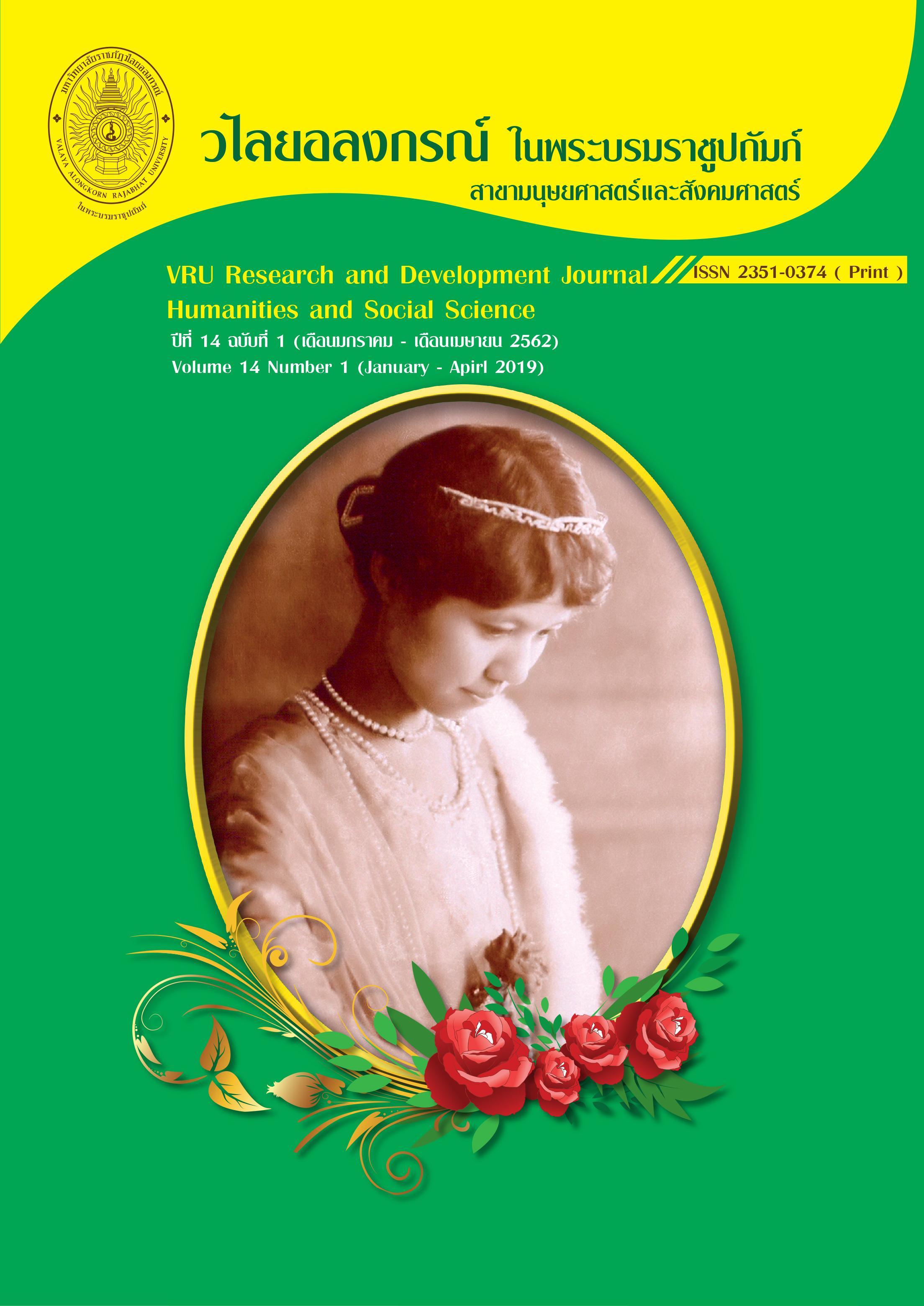THE DEVELOPMENT OF CREATIVE THINKING CURRICULUM FOR EARLY CHILDHOOD IN THE AGE OF EDUCATION 4.0
Main Article Content
Abstract
The purpose of this research was to develop the Creative Thinking Curriculum for Early Childhood in The Age of Education 4.0 and to study the result after the curriculum is implemented. The research is proceeded in 4 phrases. They are 1) studying conceptual framework then analyzing basic information for specifying the curriculum elements; 2) developing curriculum; 3) implementing the curriculum then analyzing its results, and 4) evaluating its outcome. The sample group is 21 of the early childhood students who studying in their second semester of the 2017 academic year in Anubanniveswarin School. This is a purposive sampling. The data is collected by noticing the behaviors which identify creativity. The data collected during the curriculum experiencing is analyzed by using the content analysis. After that, the descriptive conclusion and the evaluation form for scoring the creative thinking skill are arranged and the average score is calculated. The findings are as followed; the curriculum consists of the aims, the content, the learning experience management, the learning materials, and the evaluations and assessments. After evaluating the curriculum’s components, it is shown that the curriculum is suitable and congruent in the very-good level. The average score of creativity is ranged in the very-good level of the Likert scale.
Article Details
ลิขสิทธิ์บทความวิจัยที่ได้รับการตีพิมพ์เผยแพร่ในวารสารมนุษยศาสตร์และสังคมศาสตร์ วไลยอลงกรณ์ ในพระบรมราชูปถัมภ์ ถือเป็นกรรมสิทธิ์ของคณะมนุษยศาสตร์และสังคมศาสตร์ มหาวิทยาลัยราชภัฏวไลยอลงกรณ์ ในพระบรมราชูปถัมภ์ ห้ามนำข้อความทั้งหมดหรือบางส่วนไปพิมพ์ซ้ำ เว้นแต่จะได้รับอนุญาตจากมหาวิทยาลัยเป็นลายลักษณ์อักษร
ความรับผิดชอบ เนื้อหาต้นฉบับที่ปรากฏในวารสารมนุษยศาสตร์และสังคมศาสตร์ วไลยอลงกรณ์ ในพระบรมราชูปถัมภ์ เป็นความรับผิดชอบของผู้นิพนธ์บทความหรือผู้เขียนเอง ทั้งนี้ไม่รวมความผิดพลาดอันเกิดจากเทคนิคการพิมพ์


